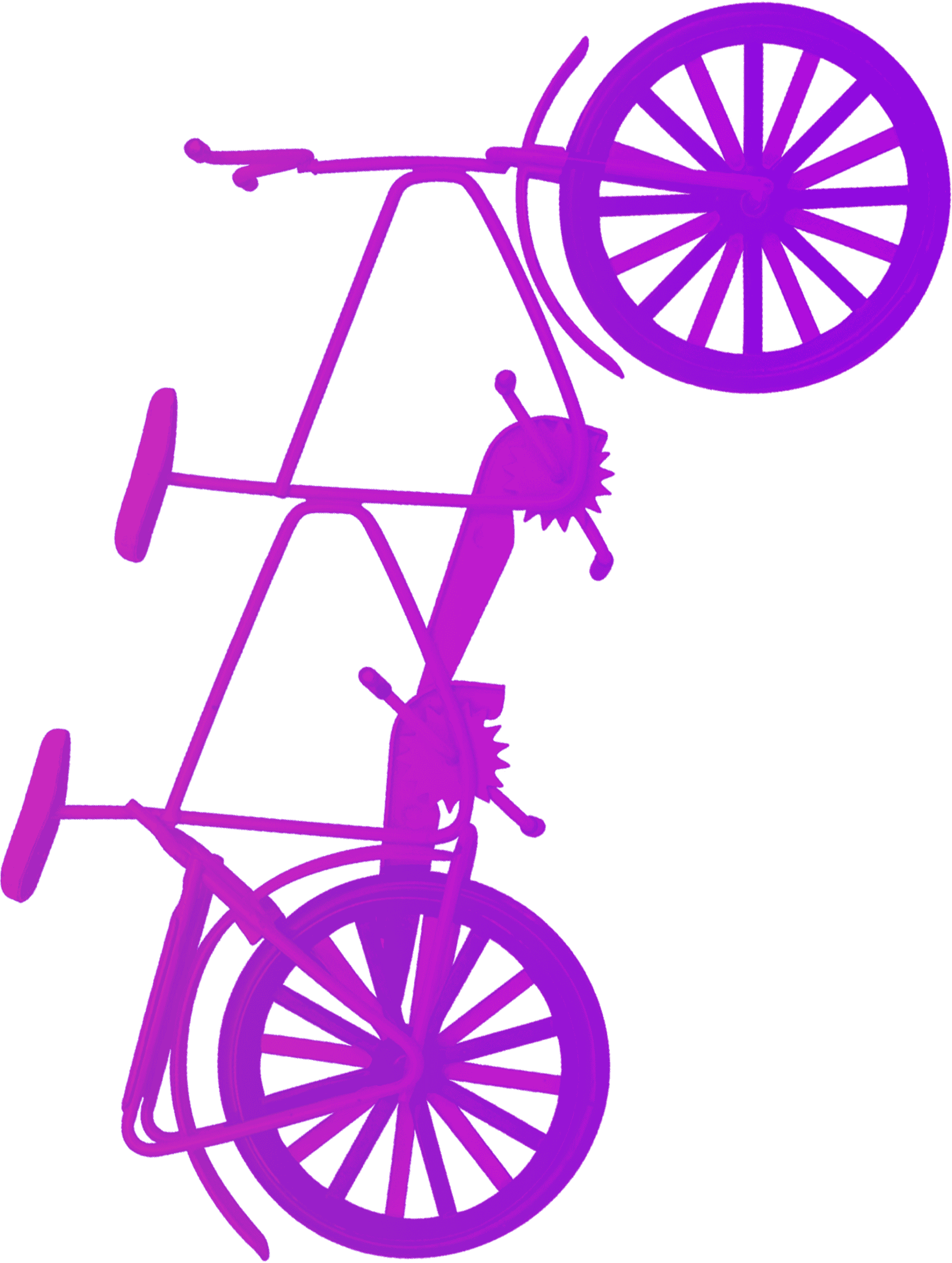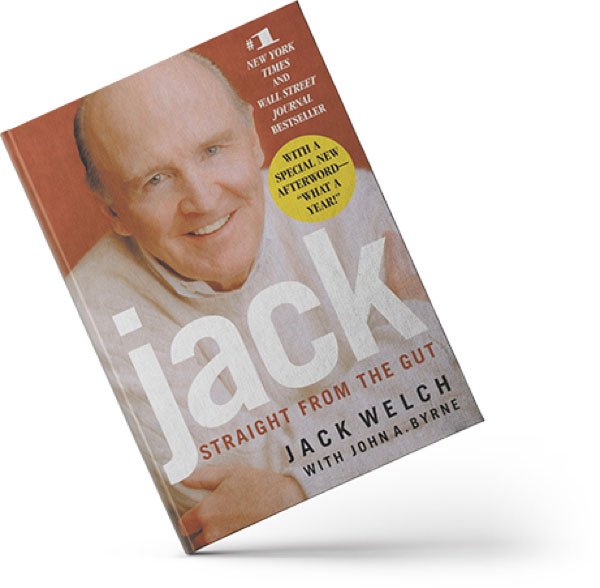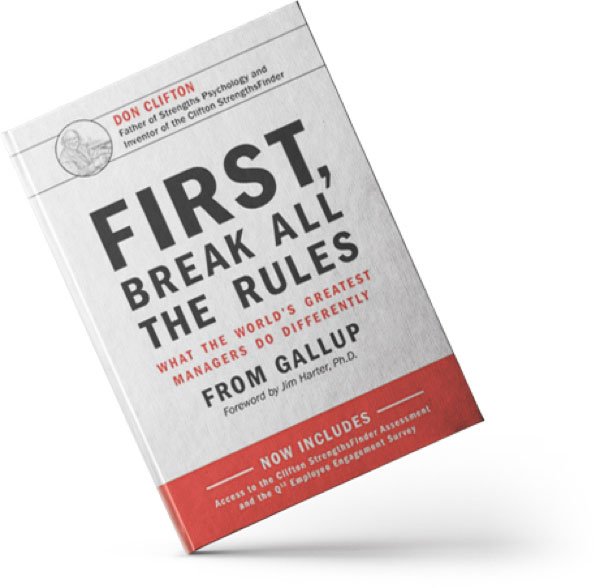On 24 July 2025, the UK and India formally signed a landmark Comprehensive Economic & Trade Agreement (CETA) – the most comprehensive trade deal India has signed with a European country.
The agreement is expected to increase UK GDP by £4.8 billion and bilateral trade by £25.5 billion annually long term.
This deal presents significant opportunities for UK exporters, importers and manufacturers – particularly in sectors where tariff barriers have historically been high.
WHAT’S IN THE DEAL FOR GOODS TRADE?
- Tariff Elimination or Reduction for UK Exporters: Over 90% of UK goods exports to India will benefit from tariff reductions or elimination once the agreement is fully implemented. Key sectors include food and drink, automotive, machinery and consumer goods.
- Tariff Reductions for UK Importers: The UK will eliminate tariffs on 100% of its tariff lines for Indian-origin goods over a 7-year period, covering 99.6% of Indian exports by value. This includes reductions on:
- Textiles and garments
- Footwear and leather goods
- Pharmaceuticals and medical devices
- Engineering products and auto components
- Processed foods and consumer goods.
WHEN WILL IT START?
The CETA will enter into force once both countries complete their domestic ratification processes. While no fixed date has been announced, implementation is expected later in 2025 or early 2026.
- Immediately upon entry into force, 64% of Indian tariff lines will be duty-free for UK goods, covering £1.9 billion of current UK exports (2022).
- Staged Implementation: Tariff reductions are phased over time. Some sensitive goods are excluded or subject to quotas or tariff-rate limits.
- Customs and Trade Facilitation: The agreement includes commitments to:
- Faster clearance times
- Digital documentation and data exchange
- Pre-arrival processing of customs declarations
- Risk-based inspections to reduce delays for compliant traders
- Advance Rulings: UK businesses can request binding decisions from customs authorities on tariff classification, origin status and valuation before goods are shipped – helping reduce uncertainty and improve planning.
- Rules of Origin:
- Cumulation: Indian inputs can count toward UK origin under the CETA, enabling preferential treatment in onward exports to other CETA partners.
- Product-Specific Rules (PSRs): Defined by HS code, including value-added thresholds or changes in tariff classification.
- Documentation Requirements: Exporters must provide a Statement on Origin and standard record-keeping requirements apply.
Note: To benefit from preferential treatment, businesses must meet origin criteria and maintain appropriate documentation. CP can support with origin assessments and compliance planning.
SECTOR & PRODUCT INSIGHTS
Food & Drink
- Spirits (e.g. Scotch whisky): Tariffs reduced from 150% to 75% immediately, with further reductions to 30% under a quota.
- Seafood and Dairy: Improved access for UK salmon, cheese and other premium products.
- Processed Foods: Tariff reductions on soft drinks, chocolate and biscuits.
Automotive and Engineering
- Cars: Tariffs reduced from over 100% to 50% for up to 10,000 UK-made vehicles annually.
- Machinery, Electrical Equipment, Aerospace: Tariff reductions on industrial goods and components.
Retail & Consumer Goods
- Cosmetics, Apparel, Footwear: Lower duties on UK-designed goods entering India’s growing consumer market.
- Medical Devices and Pharmaceuticals: Reduced tariffs on key manufactured goods.
Clean Energy and Tech
- Wind, Solar, Hydrogen Equipment: Tariff reductions on renewable energy components.
BENEFITS FOR UK IMPORTERS & MANUFACTURERS
- Lower Input Costs: Tariff reductions on Indian raw materials and intermediate goods.
- UK Origin Conferral: Indian inputs can count toward UK origin under cumulation rules – supporting preferential access to other UK CETA markets.
- Strategic Sourcing: India’s strengths in pharmaceuticals, textiles and engineering offer new supply chain options.
WHAT THIS MEANS FOR YOUR BUSINESS
This agreement is a practical opportunity to reduce landed costs, improve margins and expand into a high-growth market. But realising these benefits requires action:
- Review your product classifications and origin rules
- Assess supply chain and sourcing strategies
- Plan for staged tariff reductions and compliance obligations
- Consider applying for advance rulings or trusted trader schemes
Our Customs and International Trade team is ready to help you unlock the value – whether you’re already trading with India or just getting started.






















